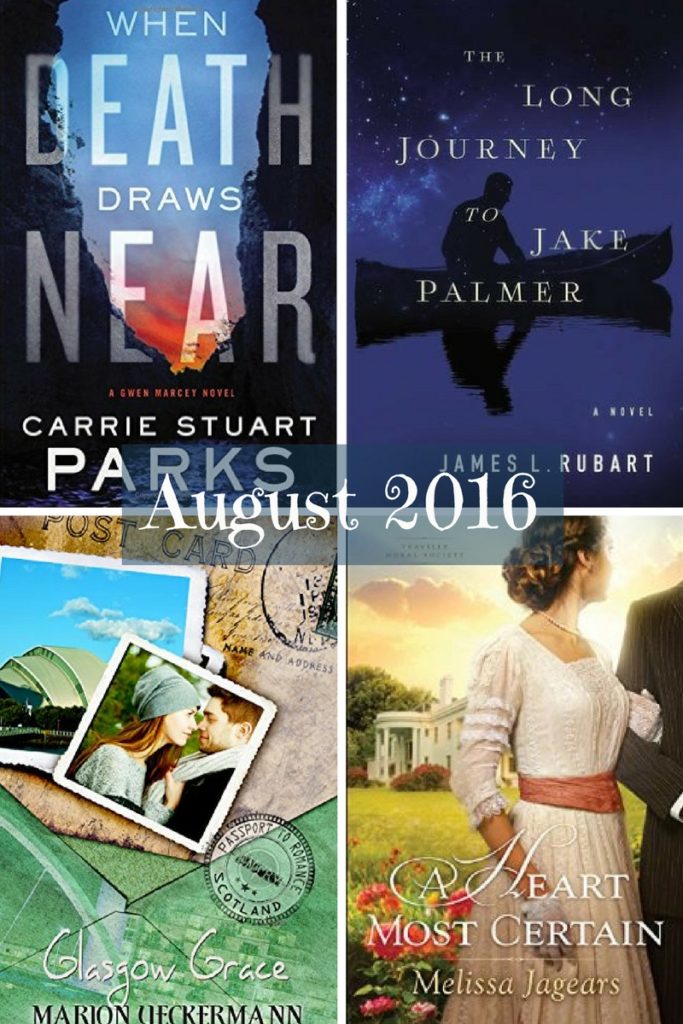Another great novel from my new favourite publisher
Amazon Description

After years of keeping the world at bay, Olivia Pratt is pulling off the ultimate performance—not only reluctantly posing as Will’s girlfriend but also insisting that she’s oblivious to his major-league appeal. But she can only lie to herself for so long. Being by Will’s side feels good. Really good. Maybe it’s finally time to make a pitch for everything she really wants—and to find out just how exhilarating love can be.
My Review
The Thirteenth Chance is written in first person, from the points of view of Will and Olivia. That’s an interesting choice—most books I read are in third person point of view, and a lot of readers prefer that. Also, few authors can pull off alternative first person viewpoints (the worst have both characters sounding exactly the same).
But Amy Matayo can and does, and I liked it. Using first person gave an insight into both Olivia and Will’s personalities. Olivia has issues. Big issues. She grew up feeling second-best, because her brother was an up-and-coming baseball star, and everything the family did came behind his sport commitments. But something happened, she no longer speaks to her brother, her father abandoned them, and she has an everlasting hatred of baseball and everything associated with it. Which doesn’t bode well for her relationship with Will, her new next-door neighbour.
Will has issues as well, although his are perhaps a little more predictable. He’s a lad, who keeps getting media attention for the wrong (female) reasons, who isn’t playing well, and who needs to clean up his game (in more ways than one). Enter Olivia, the perfect temporary girlfriend …
Several people have recommended Amy Matayo to me.
They were all right. Her writing is excellent—she’s funny and clever and all those things I like in contemporary fiction. Her characters are real people with real problems, who grow and change as the novel progresses. The story was engaging and moved along at a good pace with no slow patches. Overall, it was close to perfect.
In fact, the only thing missing for me was the Christian aspect.
Although The Thirteenth Chance is published by Waterfall Press, Amazon’s Christian imprint, there was no faith aspect to the novel at all. This isn’t necessarily a weakness, but if you’re looking for fiction with a Christian thread or theme, then The Thirteenth Chance isn’t it. But if you’re looking for a fun contemporary romance with no sex or bad language, give this a chance.
Recommended for fans of authors like Christa Allen, Sally Bradley, Tammy L Gray and Tammy L Gray.
Thanks to Waterfall Press and NetGalley for providing a free ebook for review.

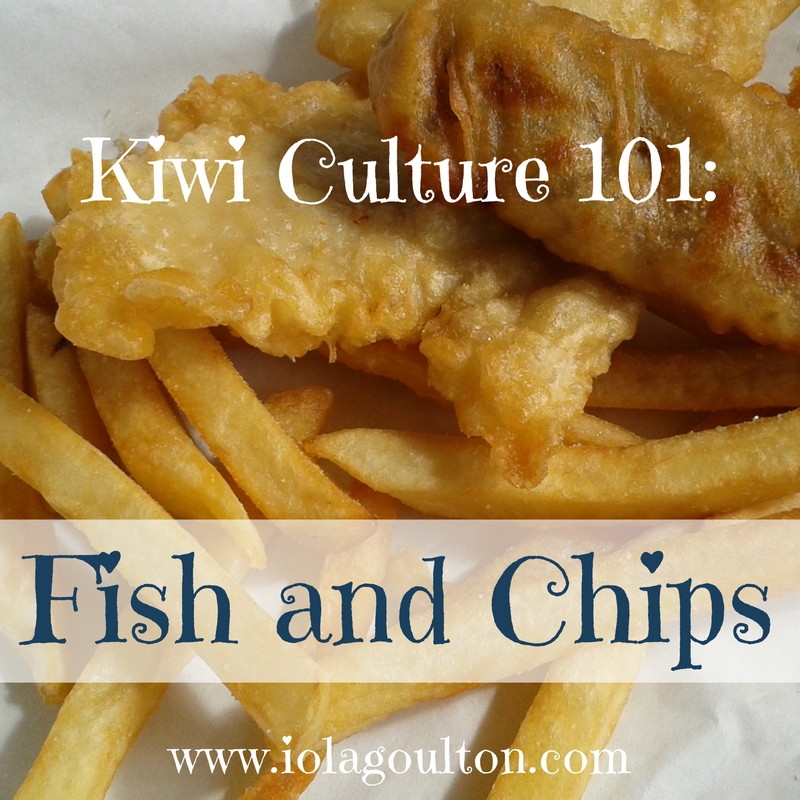

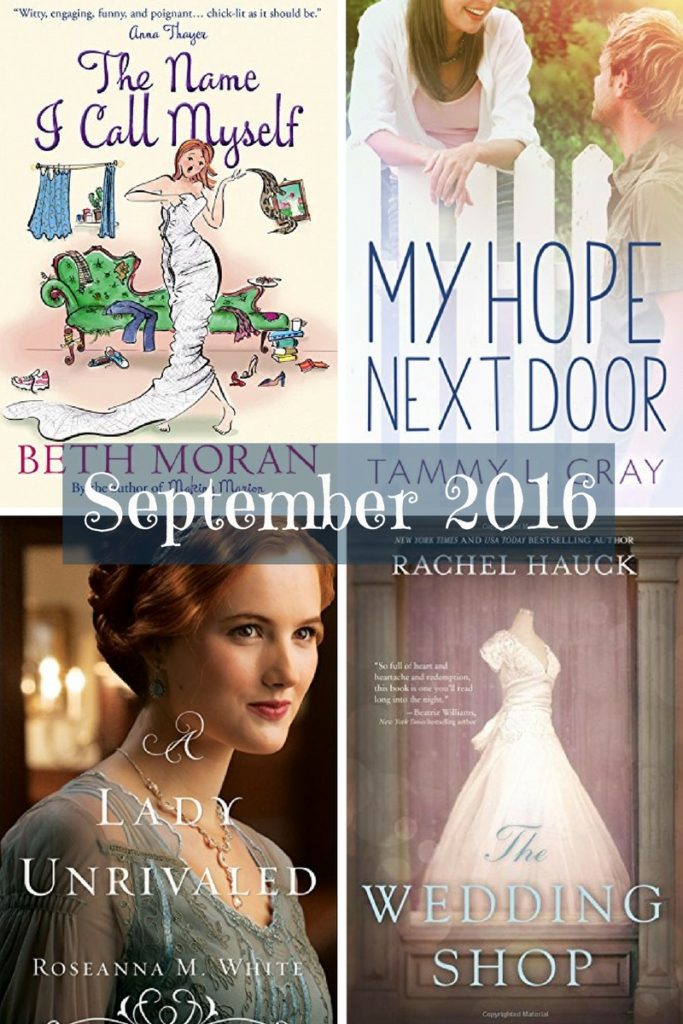

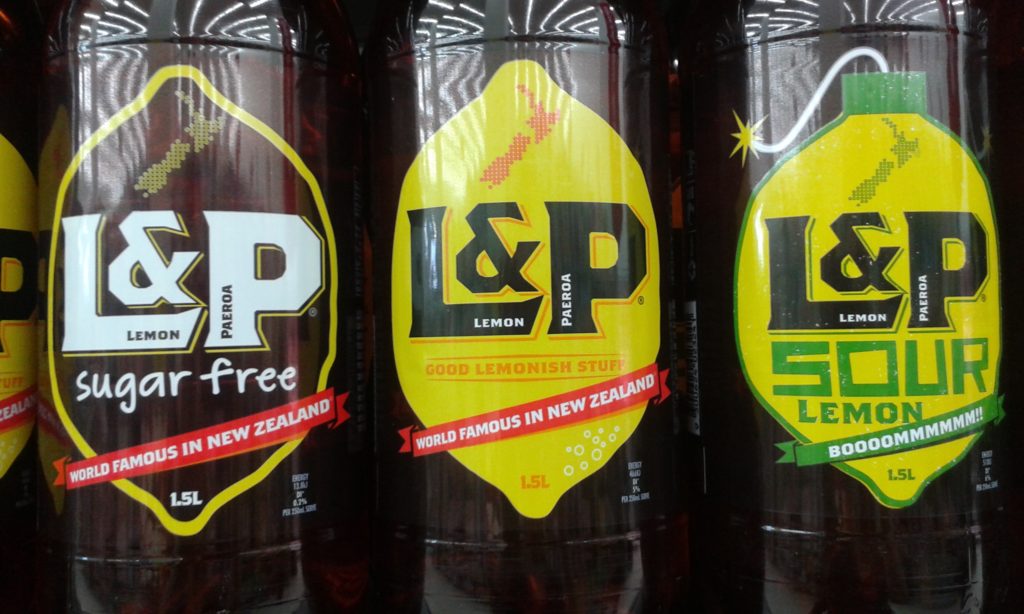
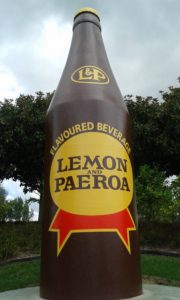 shops on the main street are decorated in L&P colours of yellow and brown, especially the dairies. (In New Zealand, dairies are corner shops selling milk, soft drinks, lollies, ice cream in a cone, milk shakes, and a range of overpriced household necessities.)
shops on the main street are decorated in L&P colours of yellow and brown, especially the dairies. (In New Zealand, dairies are corner shops selling milk, soft drinks, lollies, ice cream in a cone, milk shakes, and a range of overpriced household necessities.)

